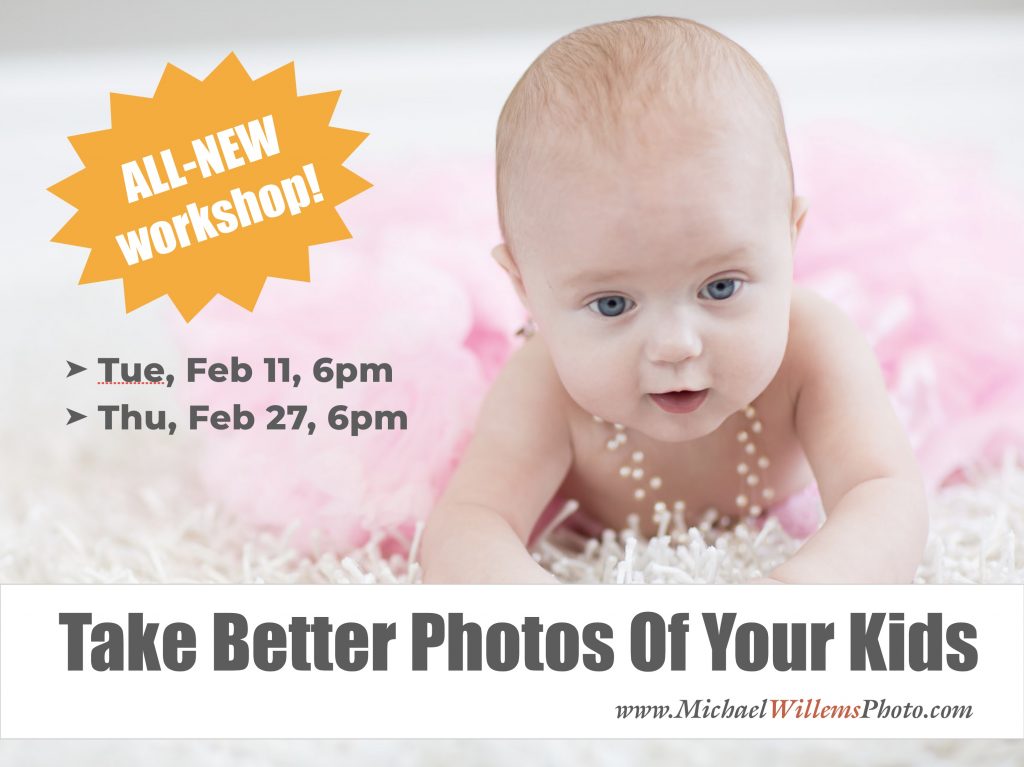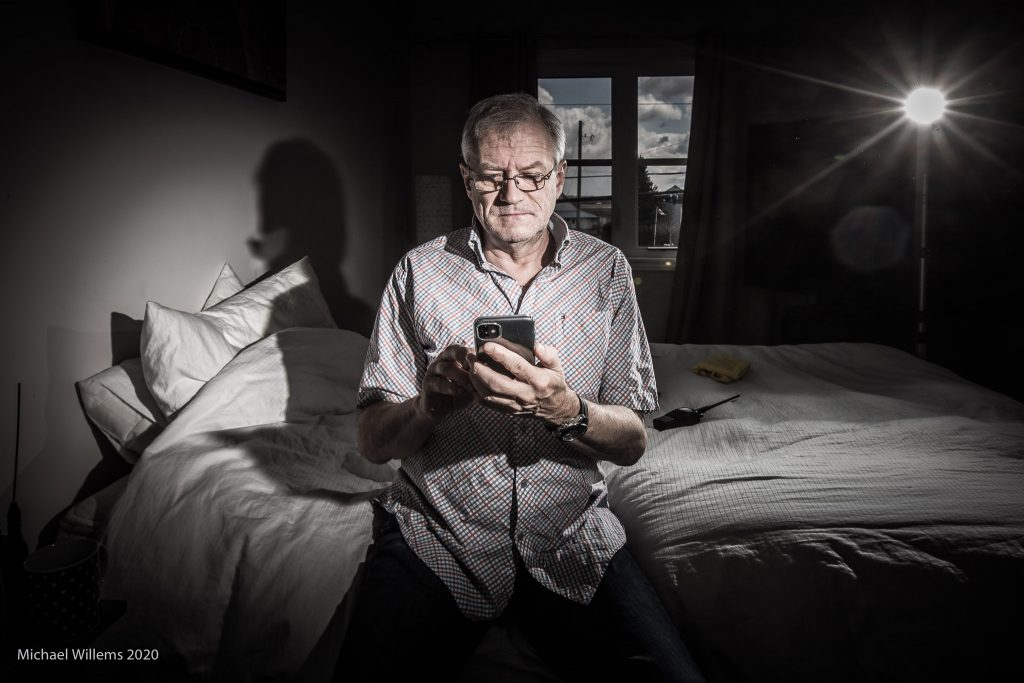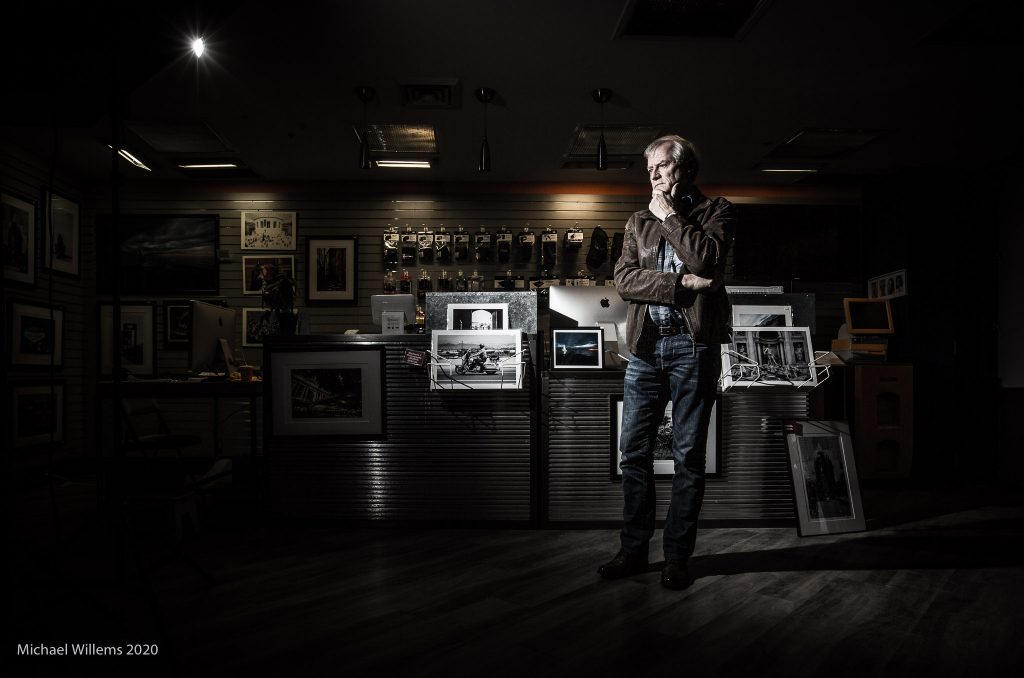
Category Archives: Light
COVID Self-Portraits Day 30: Not Much Else To Do
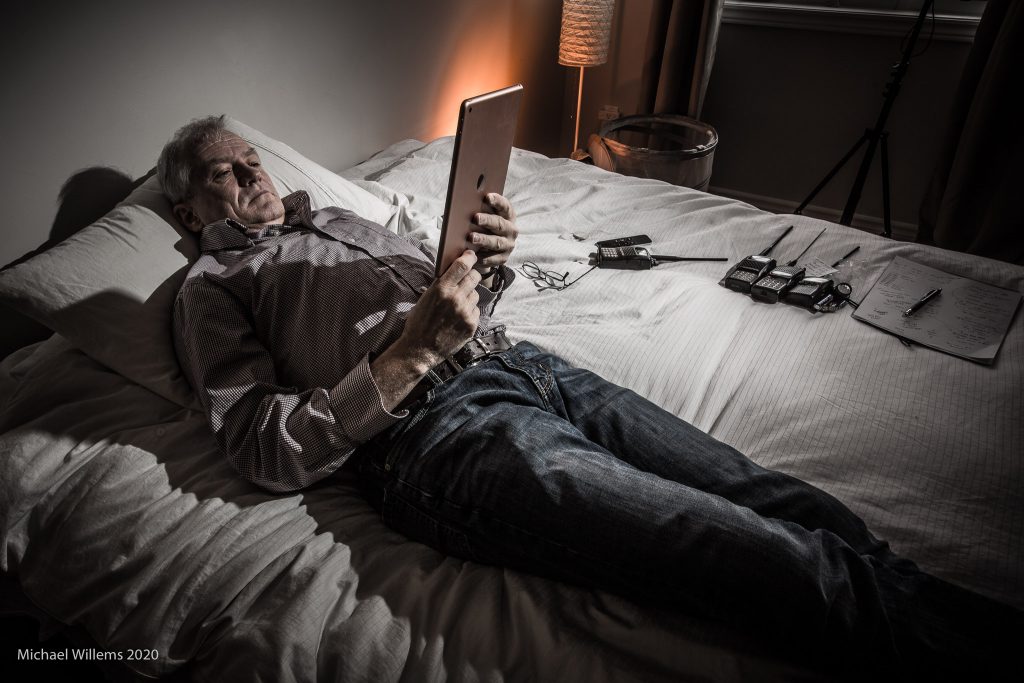
COVID self-portraits, day 25: Killing Time.
More self portraits…
In this days of social isolation, what do you do? Me, I get creative. With flash, of course. And apart from cropping and, in some cases, adjustment to vibrance and presence, it’s straight out of camera (“SOOC”) – it’s what you do once you know flash. Which, incidentally, I teach.
Here’s the most recent days:
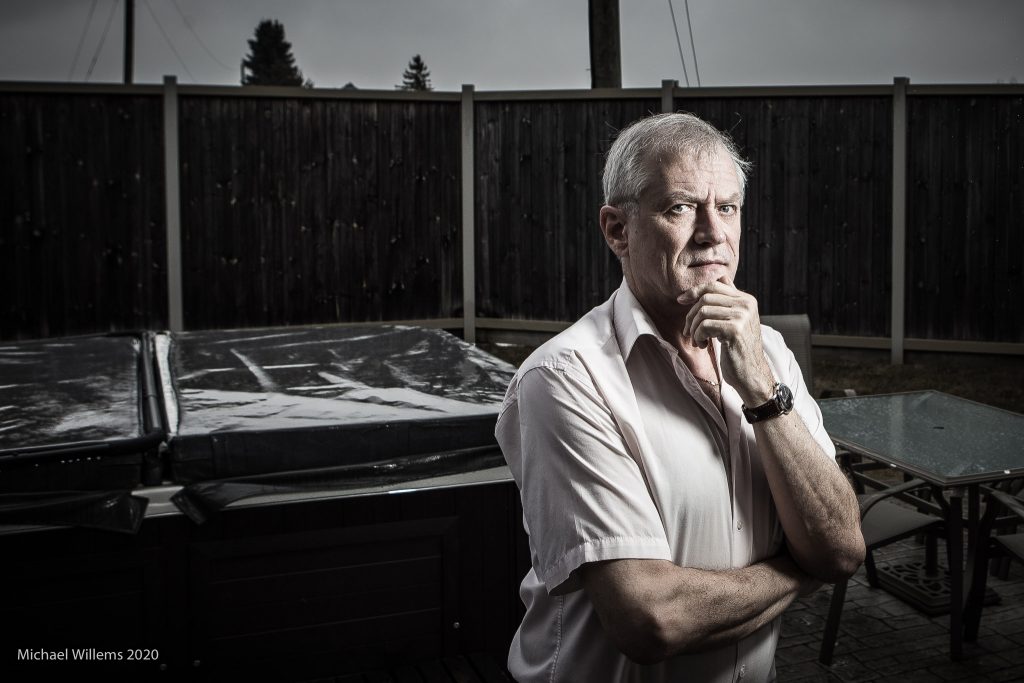
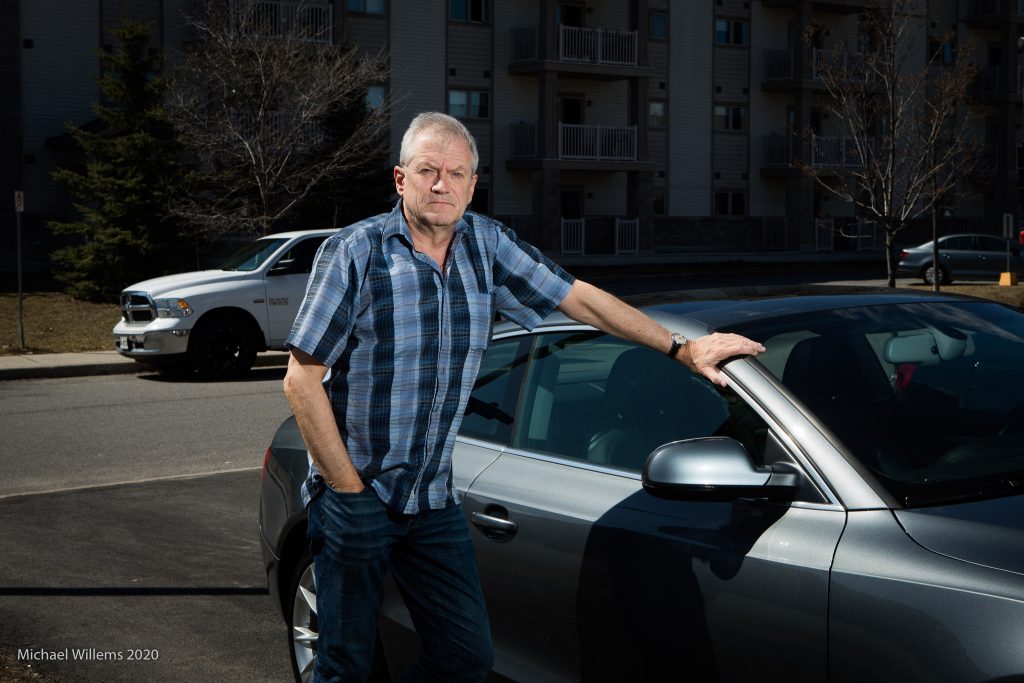
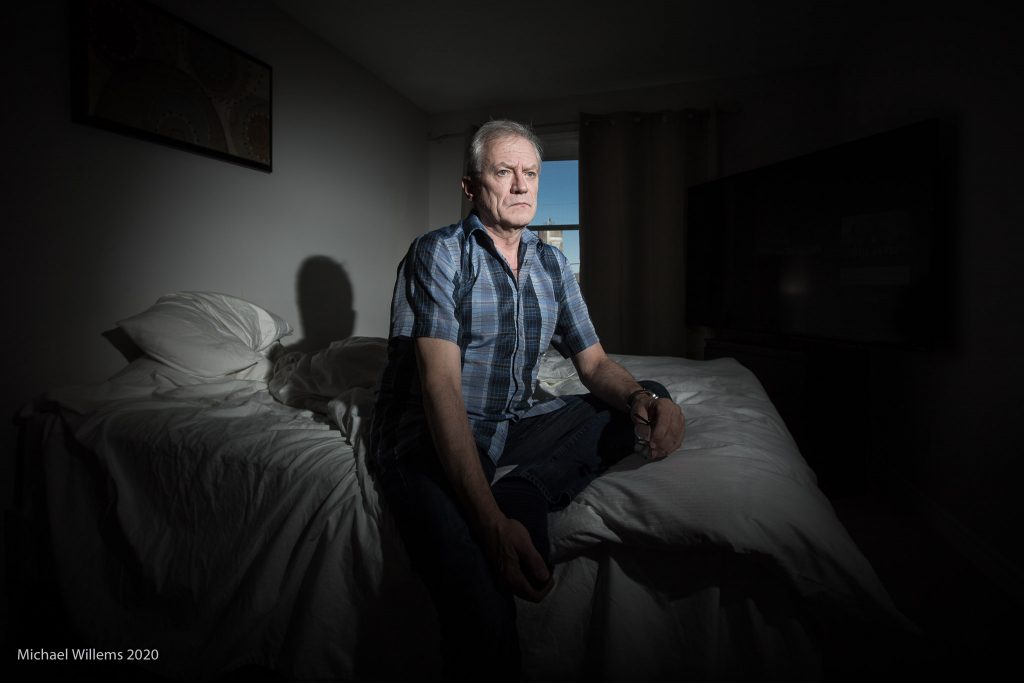
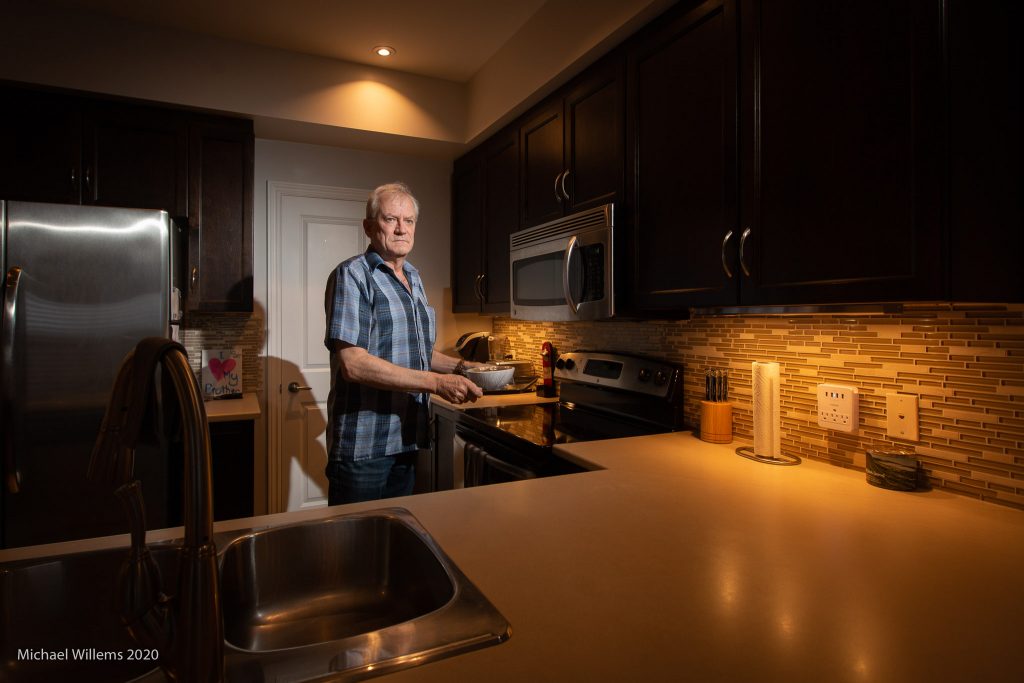
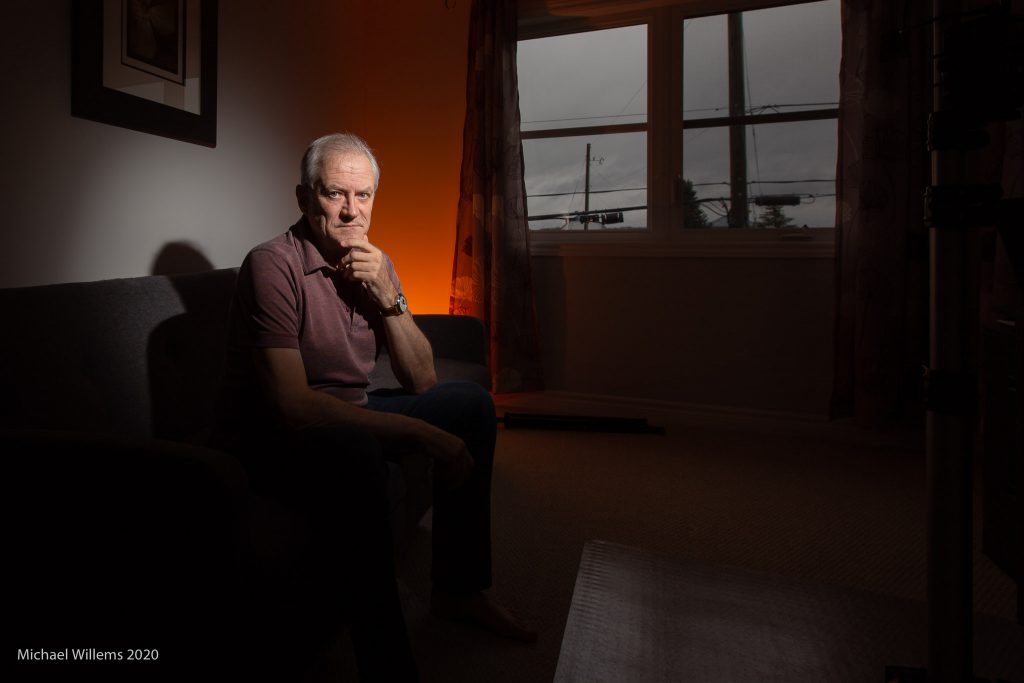
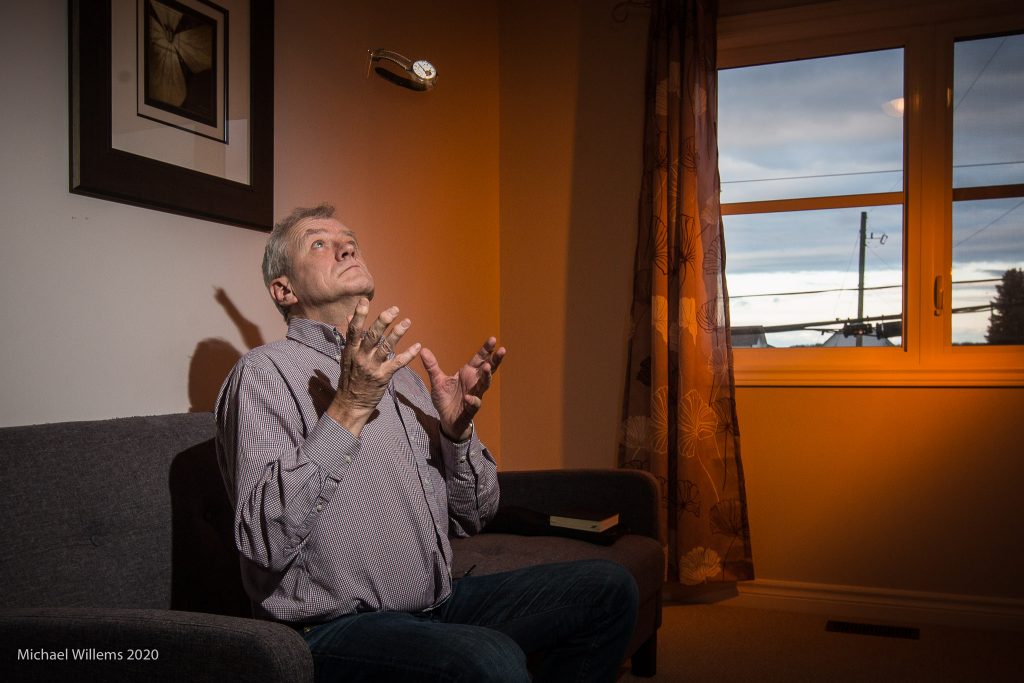
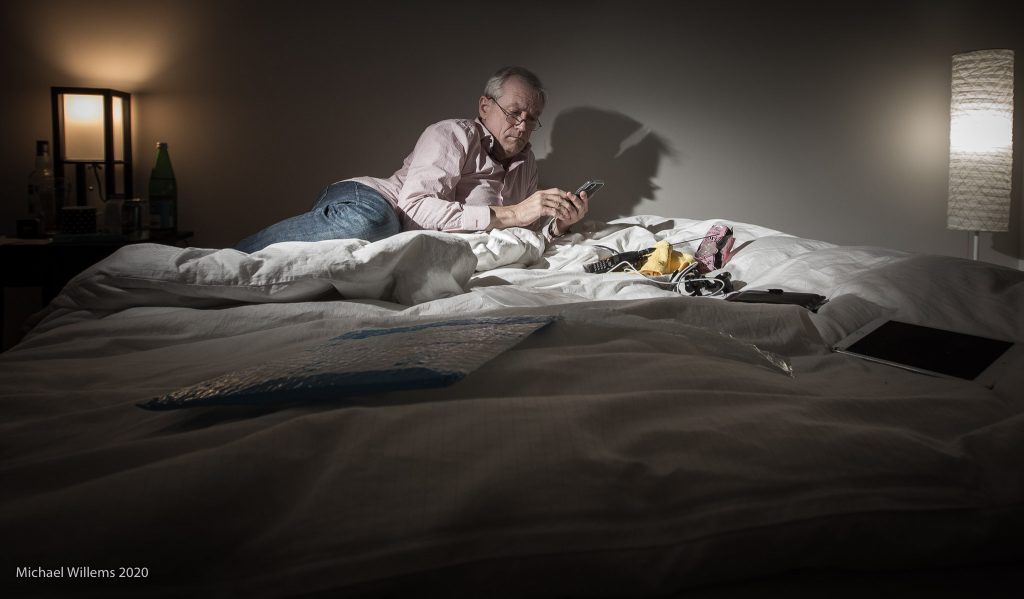
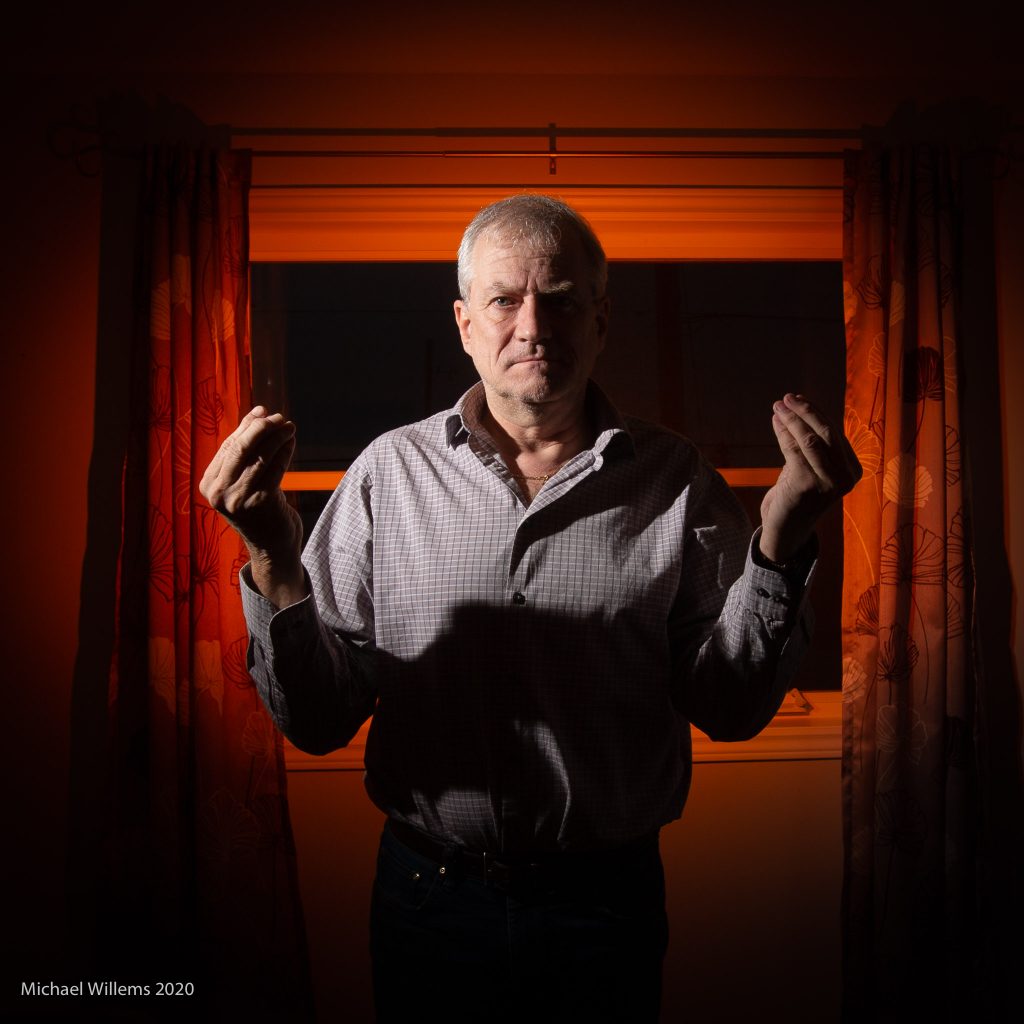
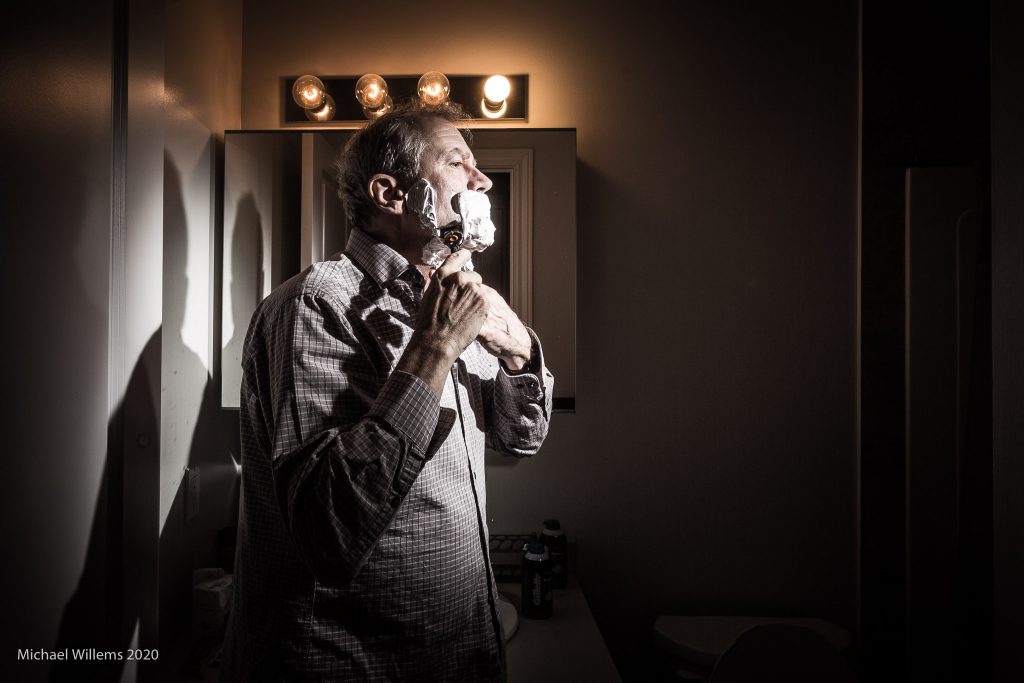
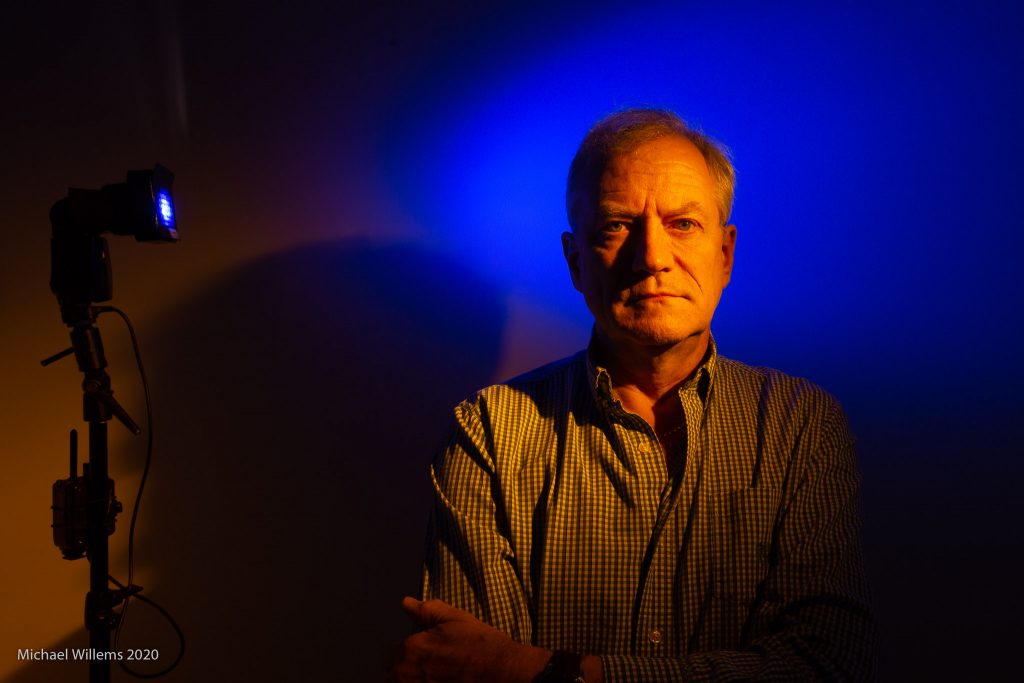
I hope you, too, dear reader, are keeping busy with something creative. Regardless of what our governments regards as “essential”, we cannot live on bread alone.
And above all, stay well.
Day 13
The rest of my self portraits are posted elsewhere, but here’s day 13. At some stage I will re-post all of them here. Day 13 is “making do”. Sleep, shower, shave, etc, TV, sleep, repeat. What else is there to do?
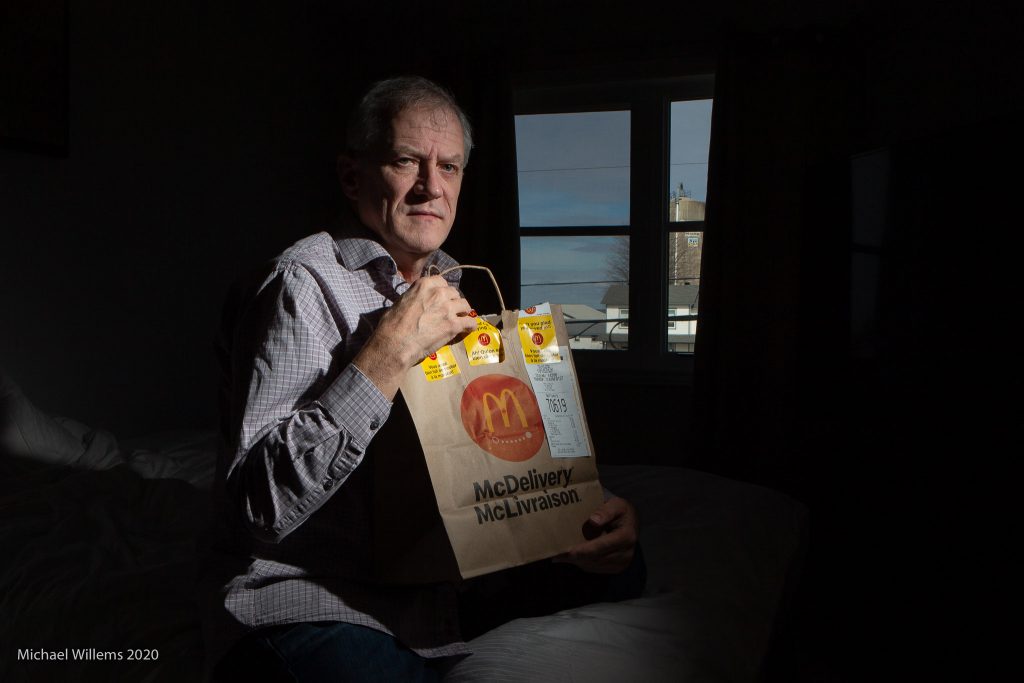
For today’s portrait I use a prop. And the camera is set to f/16, 100 IUSO, 1/250 sec. The light is a single speedlight fitted with a Honl Photo 1/4″ speed grid. Took about 30 seconds to do this portrait. Now the rest of the day…
A portrait a day
And I continue to do a COVID-19 period self portrait every day. Here, for example, is yesterday’s:
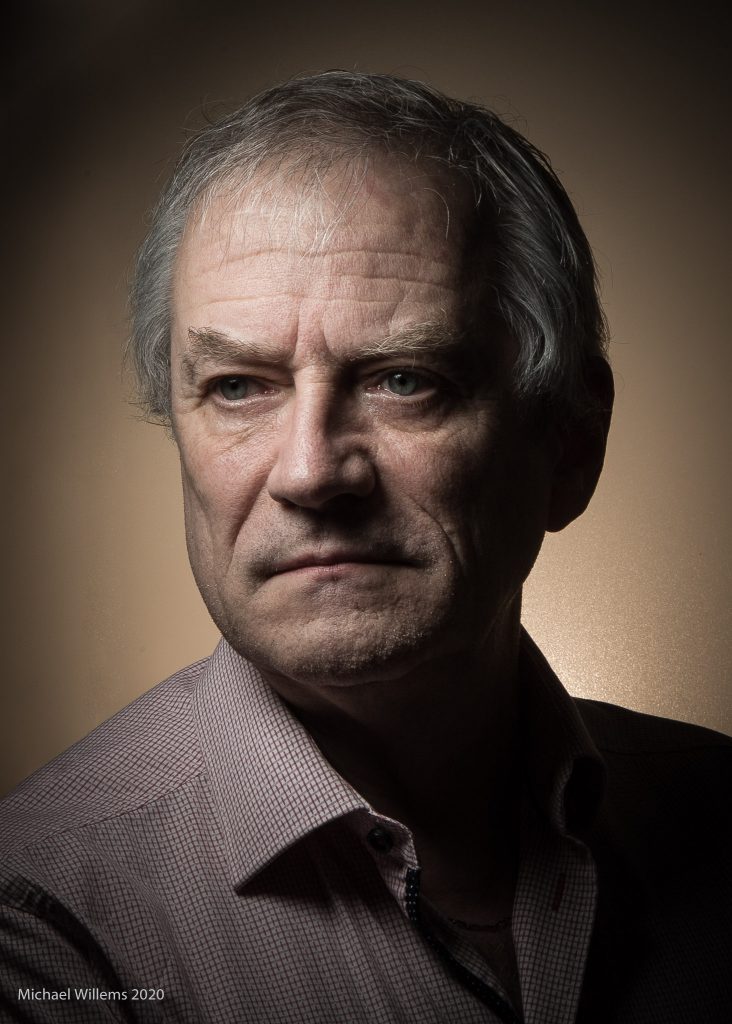
Rembrandt-type light, using two small flashes. One, in front of me, with a small 8″ Honl Photo Traveler8 softbox; the other right behind me, using a “chocolate” Honl photo gel. Both in manual mode at 1/4 power; both driven by simple (manual-only) pocketwizards.
Watch Out
Someone recently asked me “how do I take good photos of my wristwatch?”
Good question. A lot of people have hobbies that they can practice while quarantined at home. And two of those are (a) nurturing a wristwatch collection, and (b) photography. So the combination of the two is a logical thing to engage in.
Here, for the record, is what I am wearing on my wrist today:
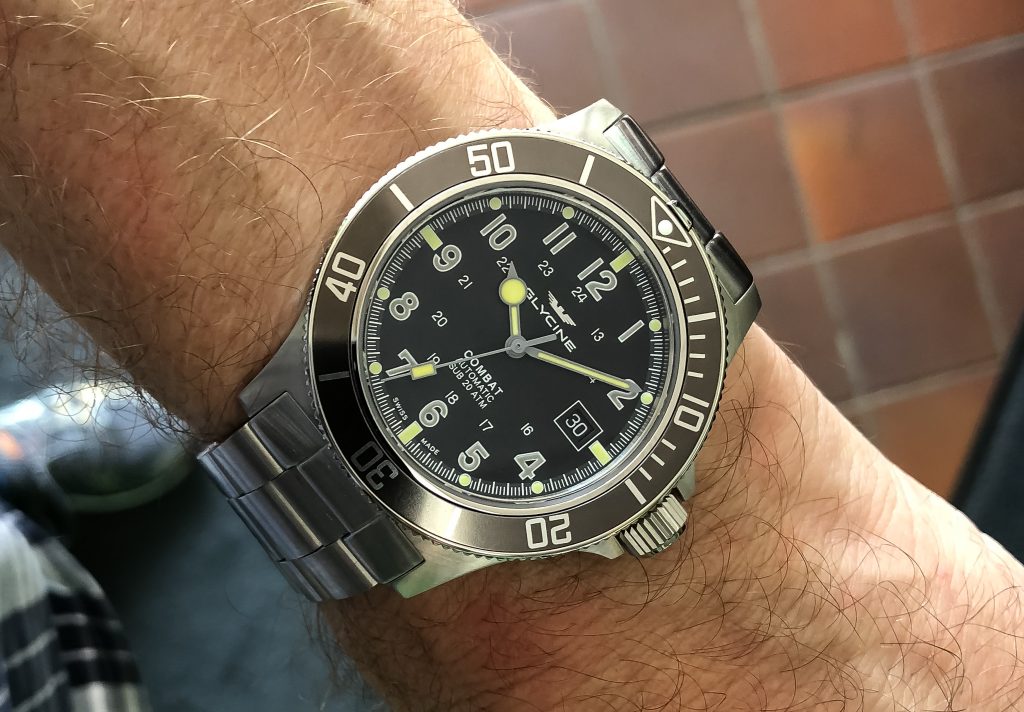
So how do you do it? As so often, there’s not one answer: there are a few. Here are some of my quick recommendations. I will give you technical tips for SLR as well as for cell phone cameras; a few composition tips; and a few words about post-production.
Technical: SLR
If you are using an SLR or other sophisticated camera, especially using flash, these are my technical recommendations.
- Use a macro lens if you can, so you can get closer. But not too close, because that will give you limited depth of field and image distortion.
- Use an aperture of at least f/8; when using a macro lens, start around f/16 if you can.
- If you are not using flash, especially if using a macro lens, you must use a tripod.
- Using available light? Make sure there is lots of good diffuse light, e.g. from a north-facing window (no direct sunlight).
- Use an ISO value as high as you need: when using flash, 200-400 is fine; when not using flash, you may need to go up to as much as 1600 ISO or more if not using a tripod.
- Using flashes: Use off-camera flash, modified by softboxes or umbrellas; or use an on-camera flash by bouncing it off a white ceiling/wall behind you. Use manual exposure mode. 1/125 sec.
- if using a tripod, focus manually (using live view preview).
An example, lit with two flashes equipped with softboxes, both 45º above the watch:
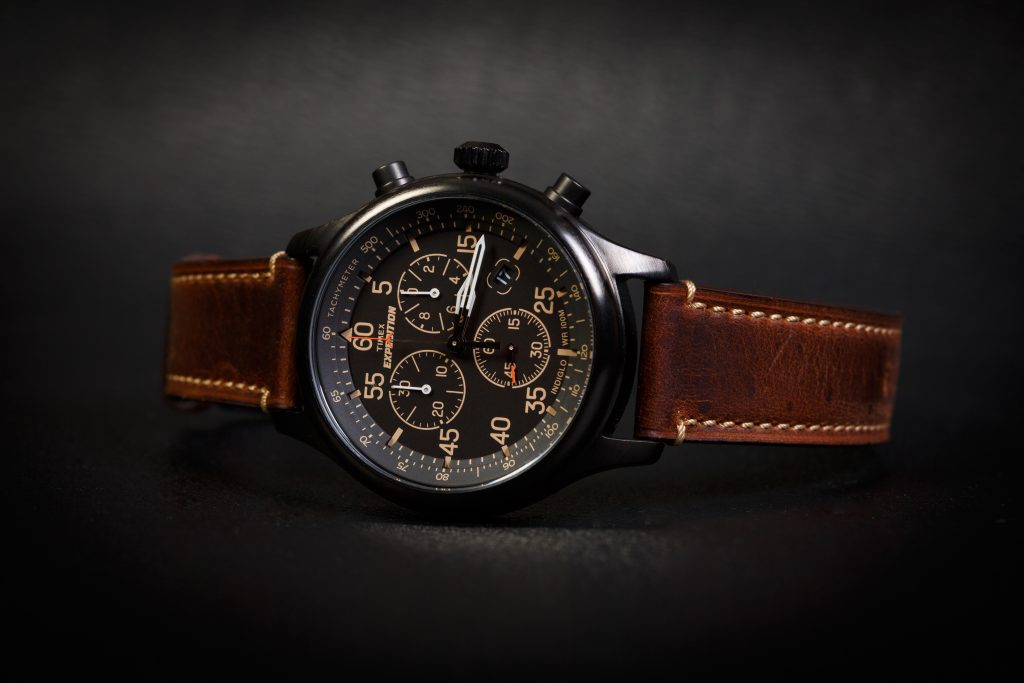
Technical: Cell Phone
It is perfectly possible to use a hand-held cell phone, as long as you do the following:
- Light, light, light! There’s no such thing as too much light. The brighter your room, the better your picture. Why? Because when it is bright, the resulting faster shutter speeds result in less motion blur, lower ISO results in higher quality, and smaller apertures result in more depth of field).
- Avoid direct sunlight, though.
- Shoot from a little distance away and crop later. This gives you easier focus with less error, and greater depth of field. If you are close, focus is unreliable and depth of field is usually too shallow.
- But sometimes you will want to be close in order to get a blurred background; see the compositional tips below.
- Focus on the watch, if necessary by tapping it on the phone screen to tell the phone “focus on this”
- Hold the phone – and the watch! – very still while you do all this.
Compositional:
Composing a good picture is the most important thing you can do after the technical requirements are met. Some tips:
- A good picture is a simple picture.
- Did I mention: A good picture is a simple picture. “Simple” means everything in your photo is there to tell the story – or else it should not be in there. “Simplifying” is the most important difference between a snapshot and a “professional” photo. Crop off anything that should not be in the photo. You’ll see the difference!
- Consider using the “rule of thirds” (look it up) – although watch photos can also have the subject in the centre. make it look good.
- 10:09:31 is the prettiest time for a watch. All watch adverts have the watch set to this “aesthetically most pleasing” time. Just saying.
- Turn the watch, turn yourself, reposition everything to minimize the refections in the crystal. Especially with watches without anti-reflective coating, this is important. Find a simple dark background, like a neutral dar wall, if the watch reflects it.
- Have background objects help you “tell the story”. Your car, your suit, your hand.
- Consider blurring out the background. You can do that without portrait mode, by being close to the watch, perhaps in slightly subdues light. (Yes, that flies in the face of the prior advice: yup, life is complicated and you have to decide what is more important for you!)
For example;
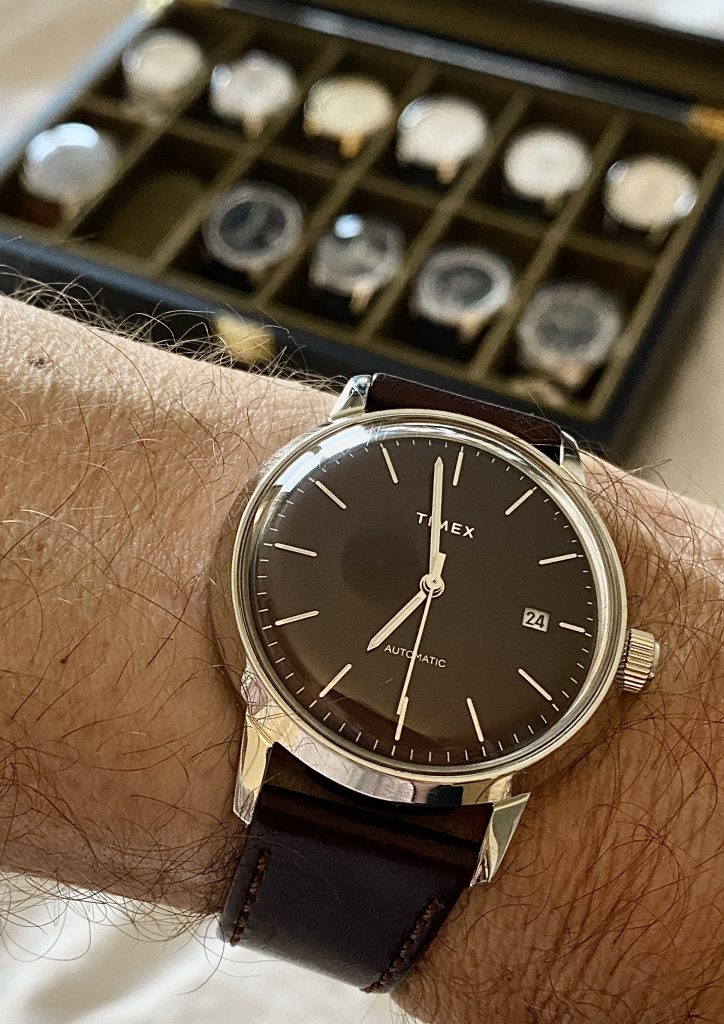
Post-processing
It is very important to post-process your image. This includes cropping and exposure, but also white balance (colour temperature), definition, and sharpness. Your phone can edit photos very nicely: especially recent iPhones do a truly excellent job.
but for a “pro” photo, dust removal is also needed. For this, use Adobe Lightroom or similar. See this post for more about this essential step: https://www.speedlighter.ca/2019/11/05/product-work/
Conclusion
It really is not difficult to make good photos of your watches, jewellery, or other small objects. Follow the tips below and go have some fun. I am looking forward to seeing your results!
Michael is an experienced photographer and educator, who teaches photography courses that are now available live, interactively, online. Check them out and learn more about Michael, his books, and his courses at www.michaelwillemsphoto.com
How quickly things change.
The thin veneer of civilization… I am sure it has been mentioned enough to be a cliché. But just like truisms, clichés are true – that’s why they are clichés. Civilization can change, turn bad, or disappear quickly. I reflect on this these days.
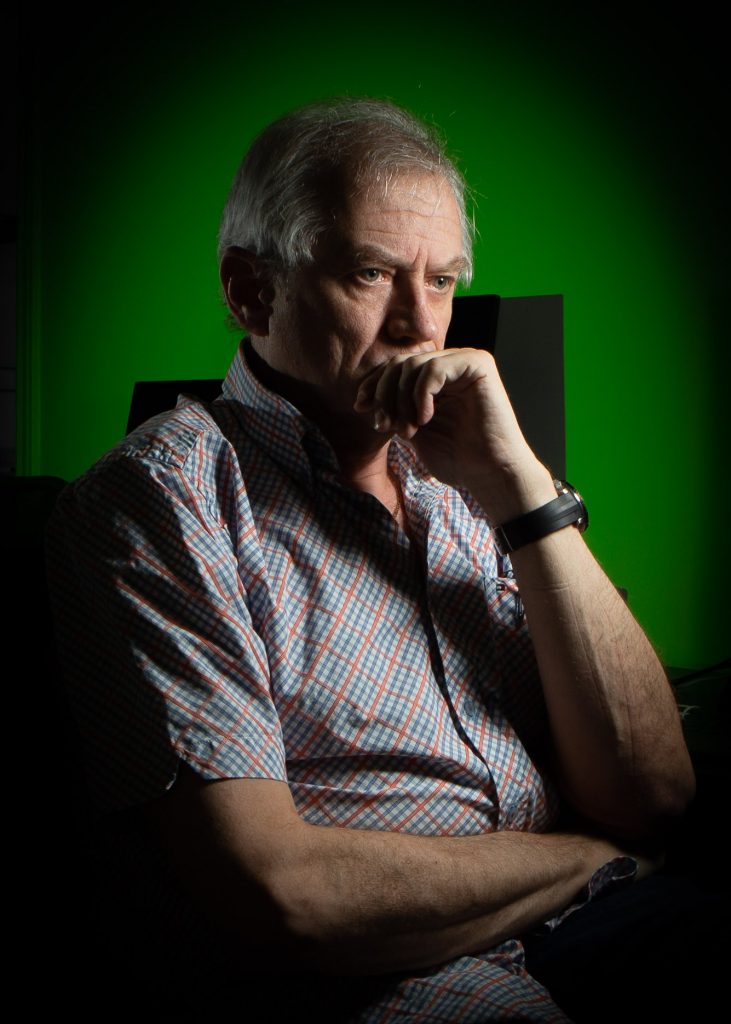
And change is what we are seeing now. My store is closed for the duration and I am at home. Fortunately, I can teach from here, interactively via the web.
So let’s see the silver linings. This is a good time to learn. (My ebooks, incidentally, are temporarily on sale for just $49 for the collection: go here and use checkout code “COVID” at the end to get a $30 discount.)
Another thing to do? Get creative. Take out your camera and a flash (or two), and make some documents of this time. We are documenting, and even making, history here.
As for me, I am going to do a portrait every day. Here are the first four:
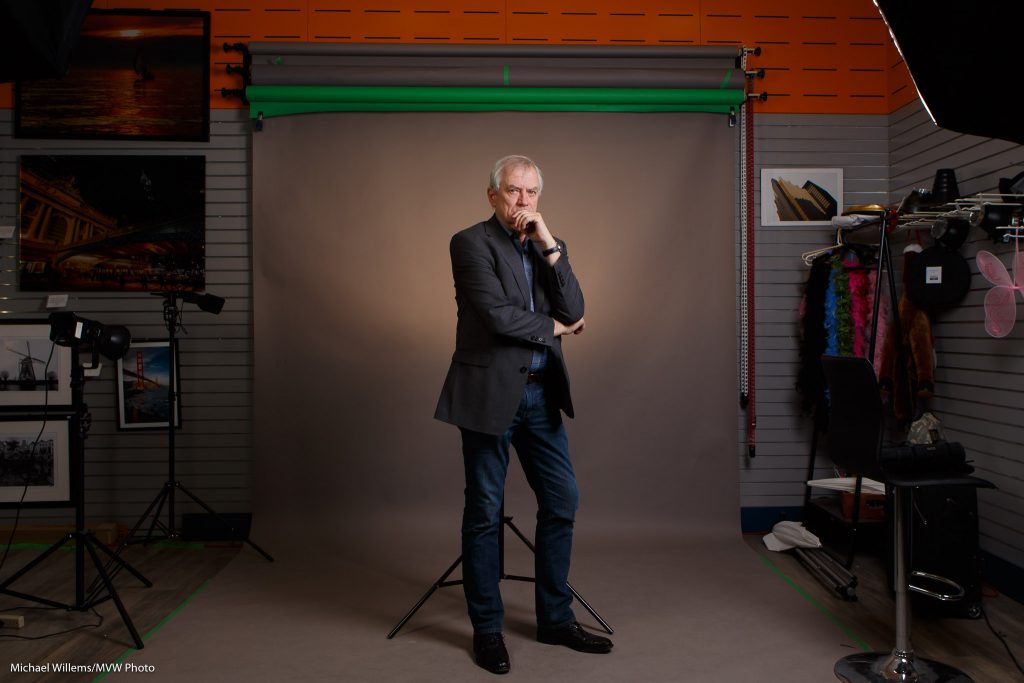
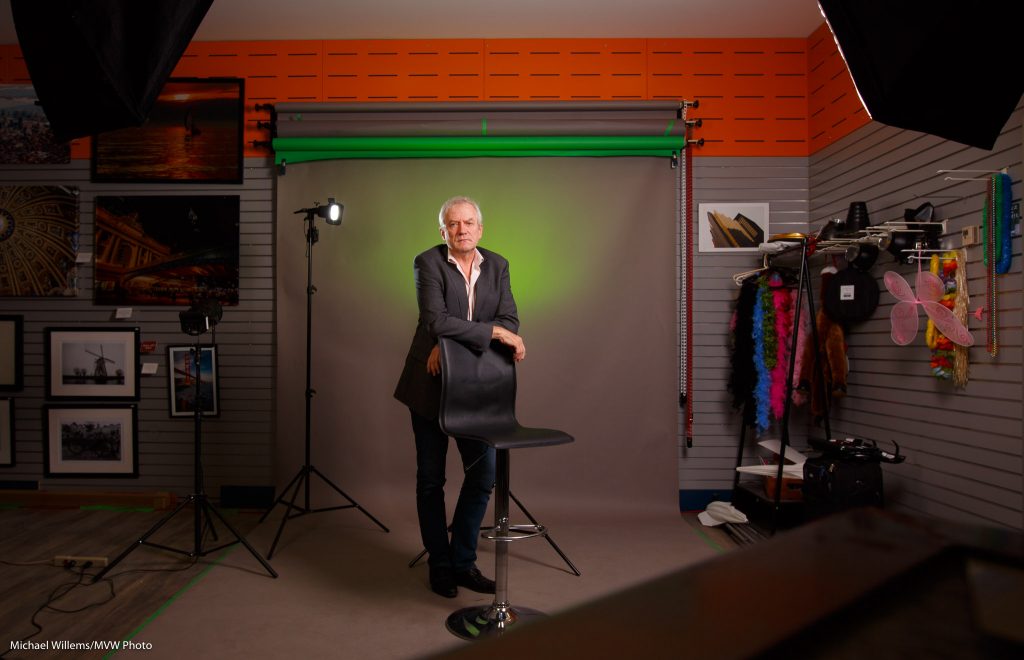
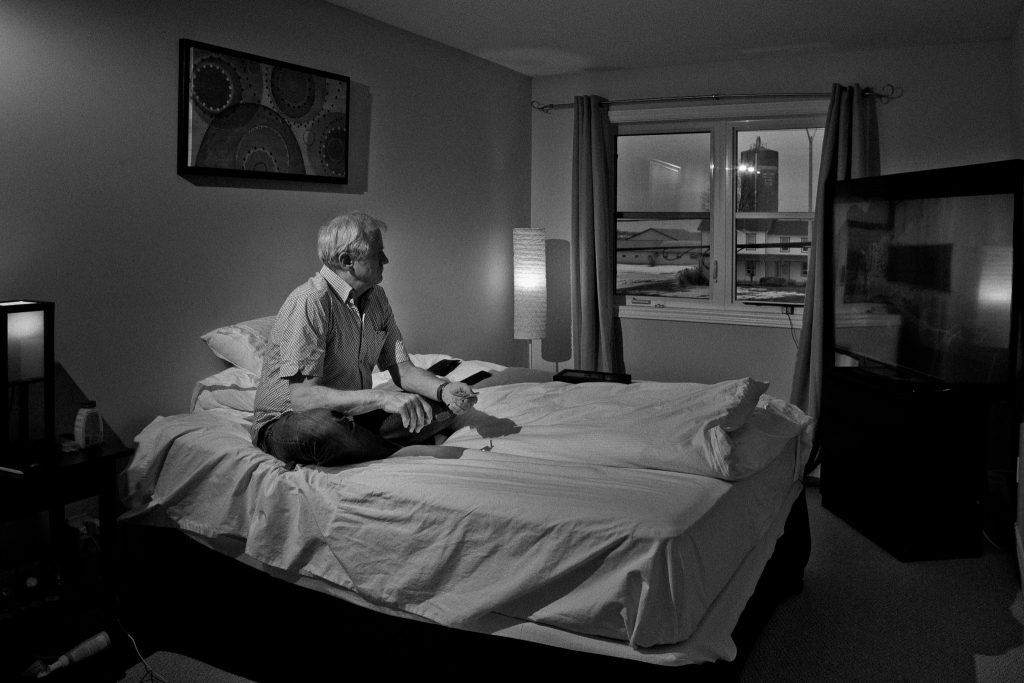
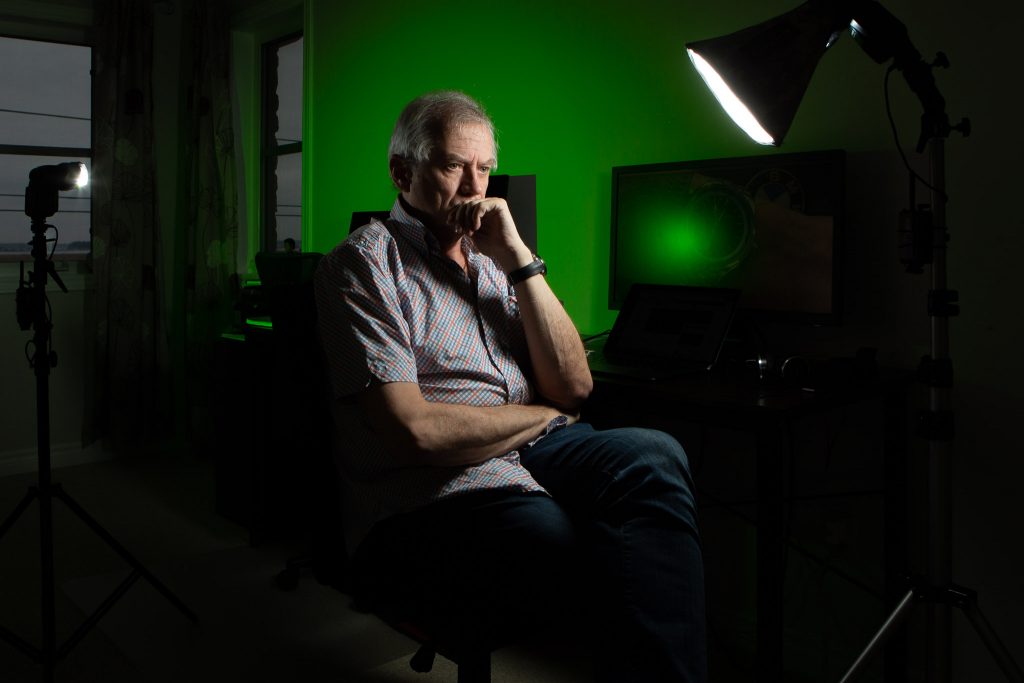
Because I am a photographer, you can see the equipment. In the last photo, for example, that is two manual speedlights fired with Pocketwizards. The left one is fitted with a Honl Photo Aurora Borealis Green gel; the one on the right is equipped with a Traveller-12 softbox. (See them here). In the second image you can also see a Honl Photo 1/4″ grid in use as the hairlight. Yeah, let’s get creative in these terrible days. Learn flash!
Michael
PS: I’ll teach a flash course online live next week; contact me for details or for future dates.
“I need pro equipment”… ?
I hear this a lot: students almost apologizing for “only” owning, say, a Digital Rebel camera, or a similar “starter” model. Because, they say, “of course you need a pro camera for pro results”.
Pro lenses, maybe. But pro camera? Not always, not at all. And even the lenses: this, for example, is student Veronic this morning, using a Yongnuo 50mm lens for Canon (a clone of the cheap Canon 50mm f/1.8, but cheaper):
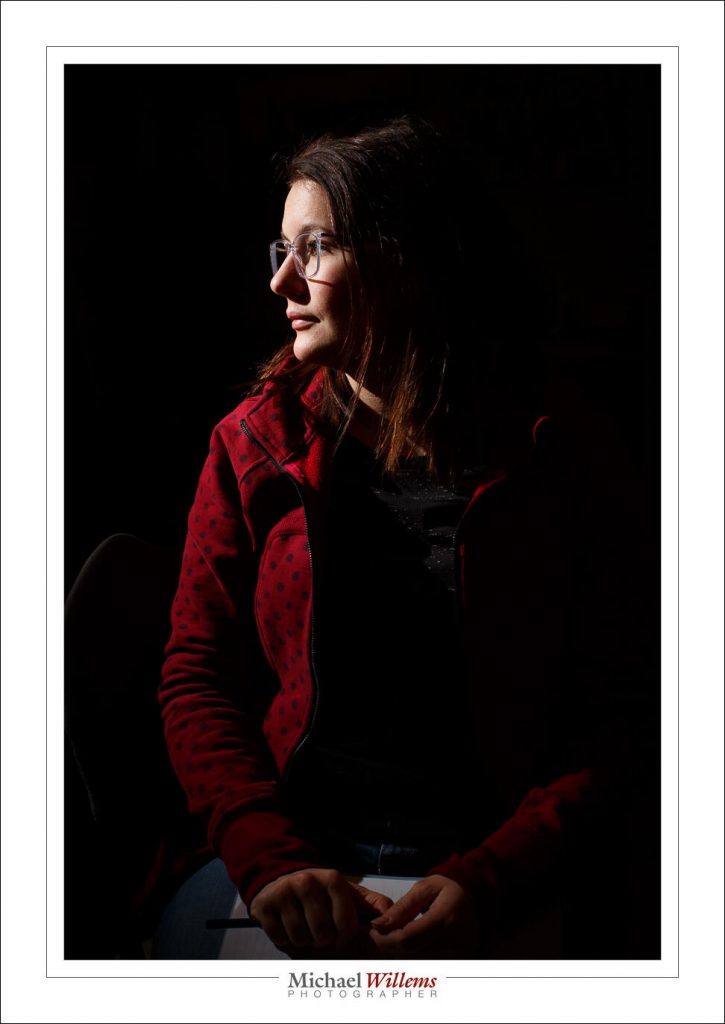
If you were to see this at full size, you would see it competes very well with photos taken with my pro equipment.
Those of you who take my lessons learn all about this; for the rest of you: be a little skeptical with regards to what you read. Yes, equipment is important. But no, it is not always needed for a quality picture.
Get Cool
Today, I was reminded of how I should not let you all down – the many people who read this blog. Like one reader, Dr Jason Polak, who kindly dropped by in the studio today to have a chat.
(Hint: anyone near Ottawa, feel free to come say hi. The store is open 9:30AM–9pm weekdays, and slightly shorter hours at weekends). So anyway… I promise I’ll write more. Starting today.
One thing to write about is portraits. And how I love doing them. And how I like doing not just the “stand there and smile” pictures, but also slightly more creative pictures. You do not need to look at the camera smiling, not in every picture!
So here’s one I took this weekend—one of a series:

A simple shot; I used two speedlights with Honlphoto grids, driven by Pocketwizards; and one strobe in a softbox, also driven by a Pocketwizard. Took two minutes to set up.
If you need to learn how to do this, it is remarkably simple. You might buy my books or attend my courses, for example. It’s worth the effort!
Here, another one, again showing action:
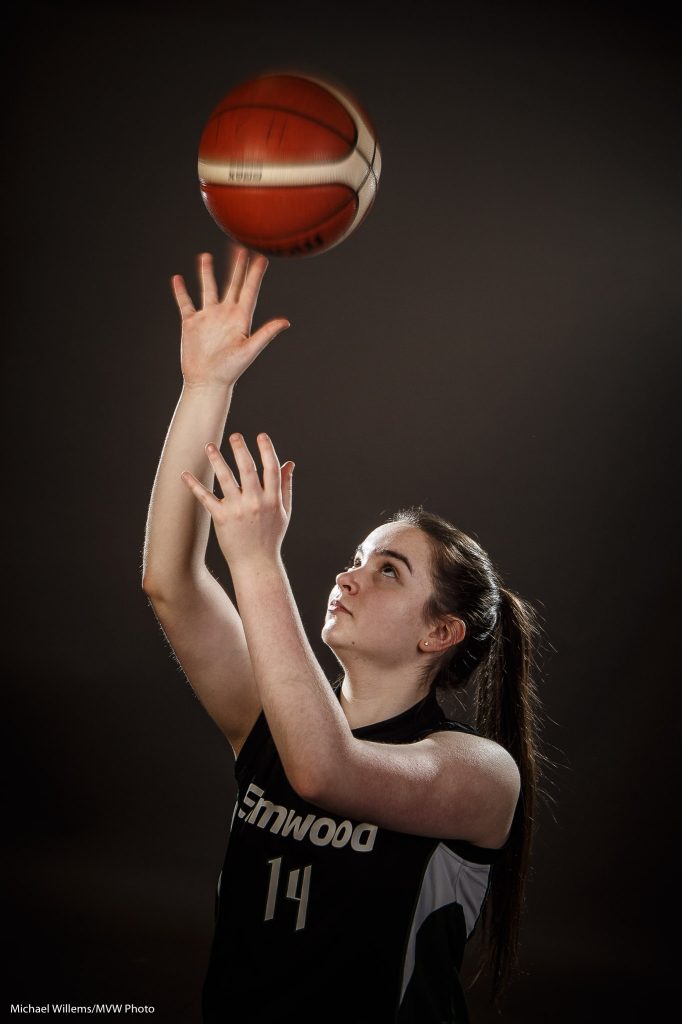
And that same day, a photo of a dog who was nearing the end of its life: it was sick, and was about to see its suffering ended. A sad event, but good to create a lasting memory:

The message is simple: shoot some portraits that are not just “stare at the camera and ‘smile'”. Worth the effort and you will be happy with your results.
One more, then:
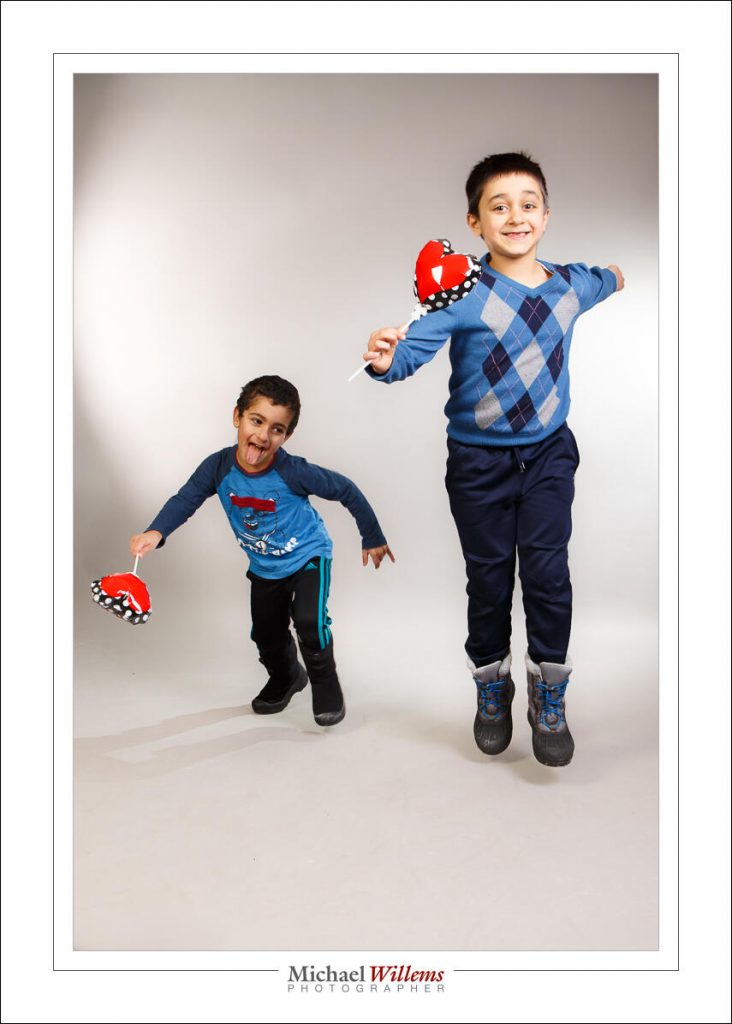
And finally: a new course for those of you near Ottawa: “Take Better Photos Of your Kids”. Sign up soon, because as usual, classes are limited to four people.
